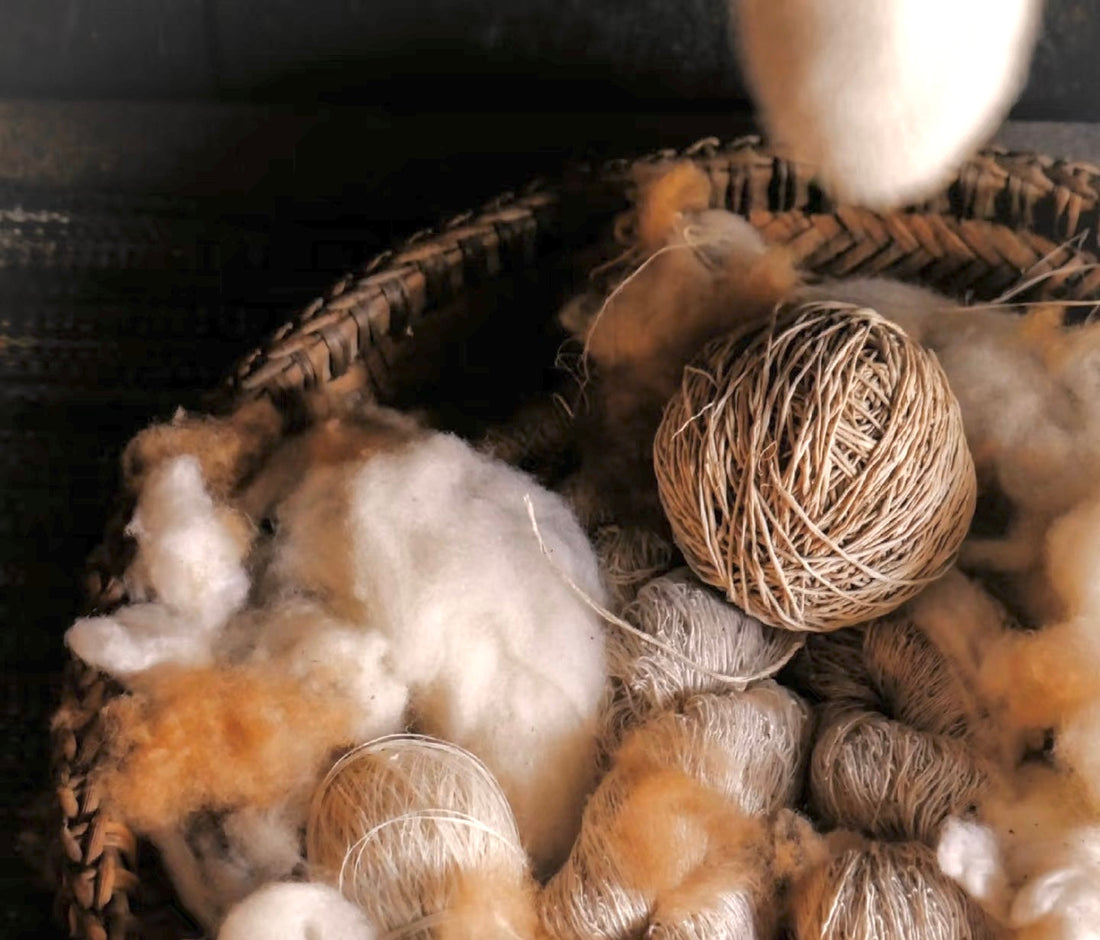
Wool Fabric: Tradition Meets Today’s Everyday Comfort
Wool fabric has been wrapped around human history for thousands of years. From ancient shepherds on cold plains to today’s urban professionals wearing light wool-silk suits, wool remains one of the most resilient, breathable, and surprisingly versatile fabrics on Earth.
But what keeps wool relevant in a world of synthetics and fast fashion? And how do we use it wisely in modern clothing—both in design and daily life?
Let’s explore why wool fabric isn’t going anywhere—and why that’s a good thing.
The Evolution of Wool Fabric
Wool isn’t just “one material.” It spans a vast range—from rustic Shetland wool to ultra-soft Merino. What unites them is structure: wool fibers are naturally crimped and covered in microscopic scales, which makes them elastic, insulating, and moisture-wicking.
In the past, wool fabric was prized for warmth. Today, it’s also praised for breathability, drape, and touch. Thanks to advancements in spinning and weaving, we now have tropical wool suiting, featherweight knits, and blends that rival silk for softness.
Designers love it for its sculptural qualities—tailored jackets, draped dresses, flowing trousers—and its ability to hold pleats and silhouettes. Yet for consumers, wool offers something simpler: comfort and quiet confidence.

Wool Fabric Isn’t Always 100% Wool—and That’s the Point
While pure wool (especially Merino) delivers a luxurious, natural handfeel, many modern wool fabrics are thoughtfully blended for added benefits.
Common wool blends:
- Wool + Silk: Smooth, light, and elegant. Popular in high-end summer wear.
- Wool + Nylon or Polyester: Improves durability and wrinkle resistance—great for suits and outerwear.
- Wool + Cashmere: Adds softness, making sweaters and scarves feel more refined.
- Wool + Linen: Adds breathability and texture—ideal for transitional seasons.
These blends are not “lesser.” They’re engineered for modern life, balancing luxury with practicality.
Wearing Wool Fabric in Warm Weather
It sounds counterintuitive, but yes—you can wear wool in summer. The key is in the weight and weave.
Summer-friendly wool fabrics include:
- Tropical wool: Lightly woven for maximum airflow.
- Wool gauze: Semi-sheer and extremely breathable.
- Wool-silk blends: Cool against the skin, with moisture-wicking ability.
These options make wool a year-round material. Whether you're commuting, traveling, or just looking for a polished yet breathable option, wool fabric has a place in your summer wardrobe.
Caring for Wool Fabric: A Quick Guide
Wool doesn’t need babying—but it does need respect.
Washing Tips:
- Hand wash in cold water with a wool-safe detergent
- Never use hot water or harsh spinning—it can felt or shrink the fibers
- Always check garment labels before machine washing
Drying Tips:
- Lay flat to dry—never hang wet wool
- Keep out of direct sun or high heat
- Gently reshape garments while damp
Ironing & Steaming:
- Use low heat (110–120°C / 230–250°F)
- Always use a pressing cloth
- Steam carefully for structured garments
For more fiber care insights and step-by-step tutorials, explore our Fabric 101 and How-To Guides—your go-to resources for garment longevity and smarter fabric choices.
Garment Construction & Designer Notes
If you're working with wool fabric in fashion design or tailoring:
- Preshrink before cutting, especially with natural or blended wools
- Fusing & interfacing should be tested for compatibility—wool can distort under high heat
- Pressing temperature must be monitored. Over 130°C risks shine or fiber damage
- After-sewing treatments like steaming and setting are essential for fit and form retention
Wool is forgiving—but like all natural materials, it rewards attention to detail.
A Few of the Best Wool Fabric Brands
If you’re sourcing wool for premium garments, these brands lead the field:
- Loro Piana (Italy): Known for wool-cashmere blends and ultrafine Merino
- Holland & Sherry (UK): Heritage suiting wools with exceptional handle
- Dormeuil (France): Lightweight wool for luxury tailoring
- Vitale Barberis Canonico (Italy): High-performance suiting and classic wool types
Prices vary from $40 to over $150 per yard, depending on blend, weight, and origin.
Wool Fabric Is Classic, but Never Static
Wool fabric continues to evolve—balancing ancient tradition with new blends, seasonless use, and technical improvements. Whether you're designing a capsule collection or curating your wardrobe, wool offers a rare mix of elegance, resilience, and comfort.
And it’s not just for winter. With the right fabric and care, wool becomes your go-to—365 days a year.
Written by Yana
